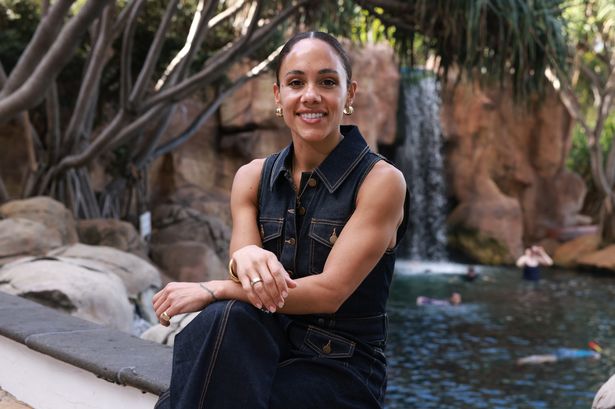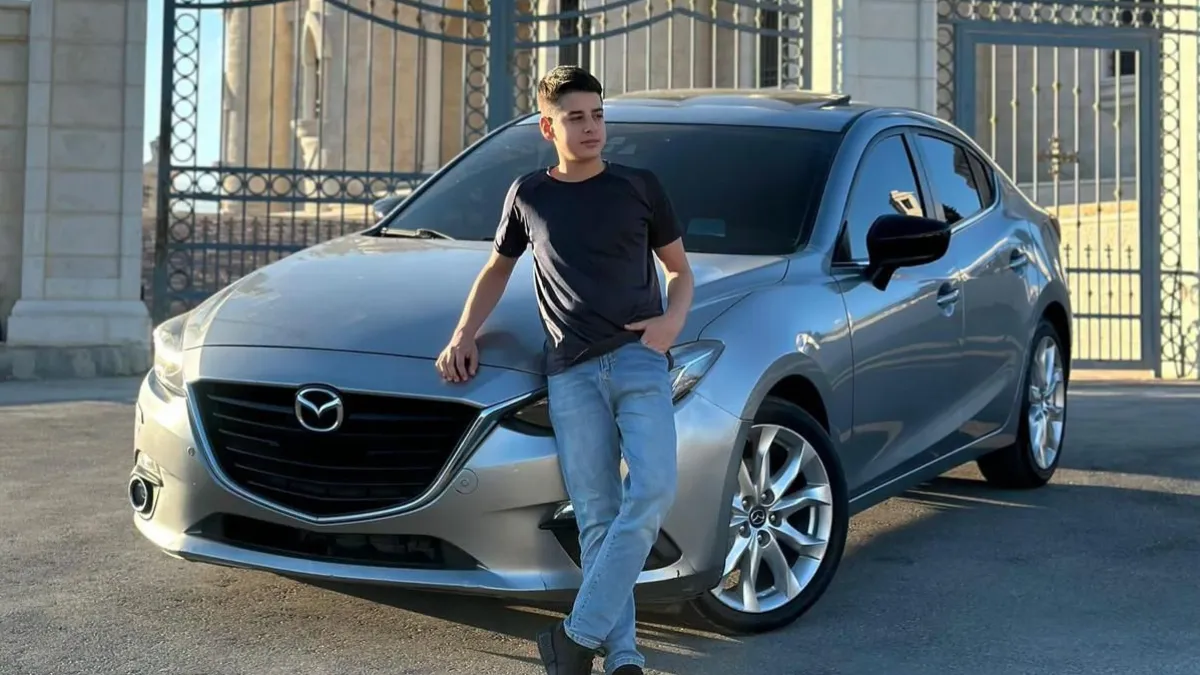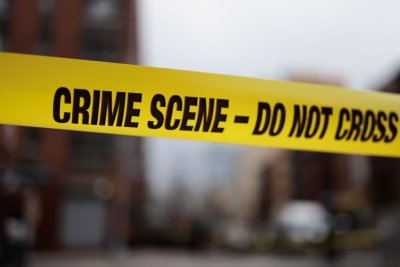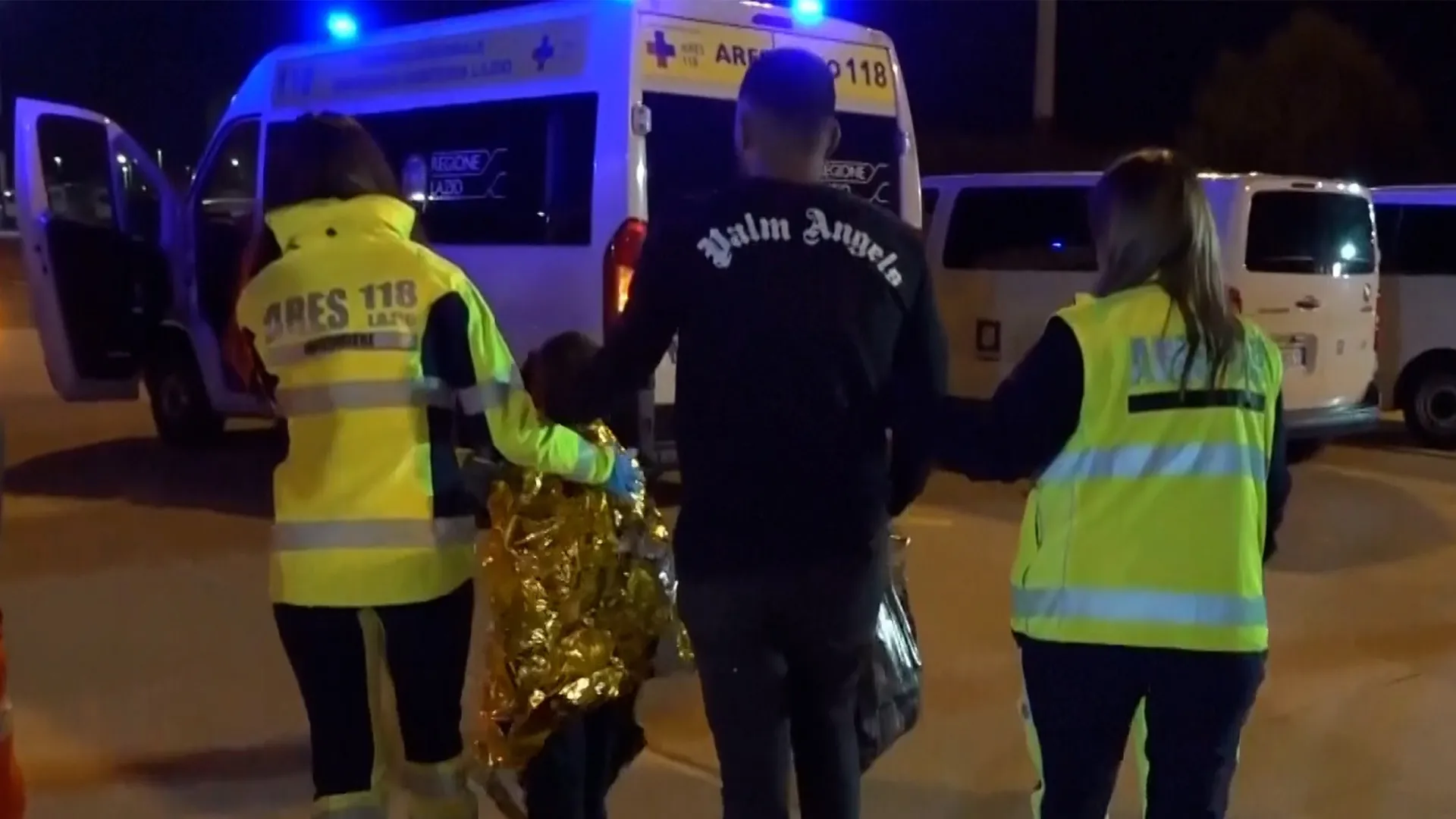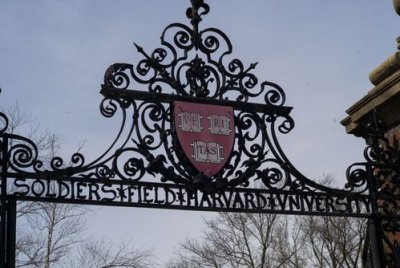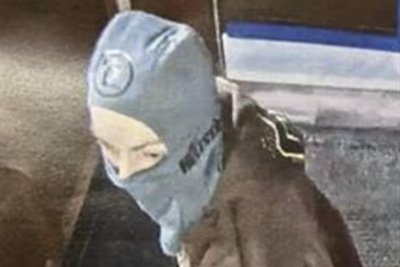I’m A Celebrity star Alex Scott opens up about being taken to the medical tent during a wide-ranging interview with the Mirror after she left the jungle
TV presenter Alex Scott was forced to go to the medical tent in scenes not aired by ITV. She says that she was left “panicking” after a tic burrowed into her shoulder – and Kelly Brook demanded she sought help,
She said: “I was sitting next to Martin after carrying the logs and I felt my shoulder, and I was like, ‘Oh, that’s a big spot that’s come up.’ I asked him to have a look, then Kelly jumps up and says, ‘It’s a tick.’ I was panicking as she was shouting that I needed to get to medical. I knew about ticks and leeches, but I always thought it wouldn’t happen to me. They got it off but no one else has had one.”
She also revealed that Ginge was affected by leeches too in the wet conditions. Alex opened up to the Mirror as part of a wide-ranging interview. In it she told how her heart sank when she realised Jess Glynne wasn’t waiting for her when she left. The former England star already knew there was a chance that her popstar partner wouldn’t be waiting.
Before she even flew to Australia, Jess’s mum had suffered a stroke, and Alex agonised over whether to pull out of the show. In the end, it was Jess who told her she had to go. “It’s been a tough time for us and obviously her family, and it was a tough decision to come into the jungle, but then Jess never wanted me to step away from not doing it,”
Alex said. “I knew there was always a possibility of her not being across the bridge, if her mum hadn’t got better, or if things had been getting worse, which they have been. But it was a big decision for me to not pass this opportunity, and Jess was the one that pushed me to be here.”
Hours after Alex left the jungle, Jess posted on social media as to why she wasn’t there to greet her. In an emotional statement, she told how over the last few weeks her mother had “suffered a major stroke and needed urgent brain surgery.” She added: “It’s been a really serious, life-altering time for my family, and I’ve had to stay close to home. Alex would always want me to be where l’m needed most. I can’t wait to have her back by my side.”
Asked if she considered pulling out of the show, Alex said: “Oh, yeah, absolutely, 100 percent. But Jess was the one that wanted me to do this, so that’s why I wanted to go in and still make her proud.”
Alex also opened up about being embroiled in one of the camp’s biggest talking points: her salt smuggling operation. The camp had a star taken away after she was spotted sneaking seasoning on crocodile feet.
“I felt like such a naughty schoolgirl, like I should have been put in detention or something,” she laughs. “We had stopped at a service station, and they just had all these little sachets of salt and pepper. I was staring at them for ages, like, ‘Shall I? No… they’ll frisk me.’ But I put them down my socks and didn’t get checked.” And she reveals that a string of other campmates knew about her secret contraband stash. “Jack knew about it, Ginge saw me one night… he just kept giving me the eye. Shona knew about it from early days,” she admits.
As for who she thinks will be crowned this year, Alex says it’s likely to come down to the fan favourites. “Personally, I think, from the public and how the trials have been going, it’s going to be Ginge or Aitch between those two. Because of their fan base and how they’ve come across. I’d love for Shona to win, that would be a beautiful story. But I think it’ll be between one of the boys.”
